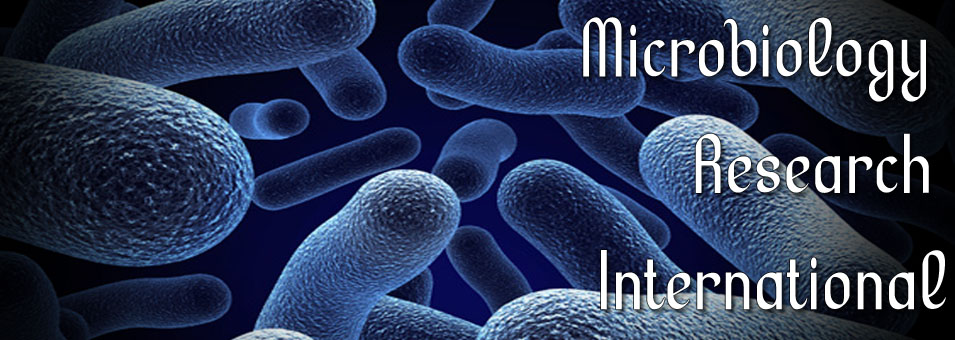Sodium dodecyl sulphate polyacrylamide gel electrophoresis (SDS-PAGE) of fungal contaminant of garri
Georgia Chy Agu and Olufunmilayo O. SalamiMicrobiology Research International
Published: June 27 2016
Volume 4, Issue 2
Pages 11-16
Abstract
Garri, a roasted granular product from peeled, grated and fermented cassava roots, is consumed by several millions of people in West Africa. Hence, this research was carried out to investigate the fungi that are associated with contamination of garri. A total of 100 samples of both white and yellow garri were collected for analysis. The isolation and identification of the fungal isolates were conducted by standard microbiological techniques. Fungal contamination of commercially collected garri were Aspergillus niger (26%), Aspergillus flavus (28%), Penicillium species (39%), Aspergillus ochraceous (1%) for white garri while in yellow garri A. niger (30%), A. flavus (15%), Penicillium spp. (28%) and A. ochraceous (27%). The frequency of occurrence of the isolated fungal for both the white and yellow garri was compared and it was observed that the frequency and occurrence of A. flavus and Penicillium spp. were significantly higher in white garri than in yellow garri while A. niger and Penicillium spp. were the predominant isolated in yellow garri. This study has revealed that this food is mostly contaminated by xerophilic mould and hence should be viewed with great concern because these organisms are threat to public health.
Keywords: Garri, fungal contaminant, microbial growth factor, preservation.
Full Text PDF
